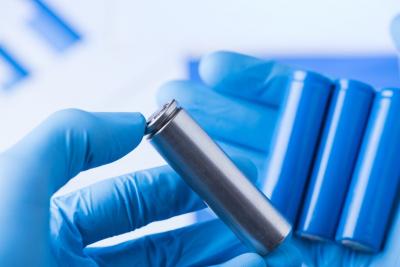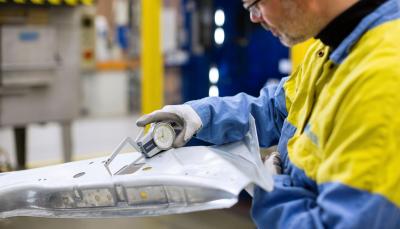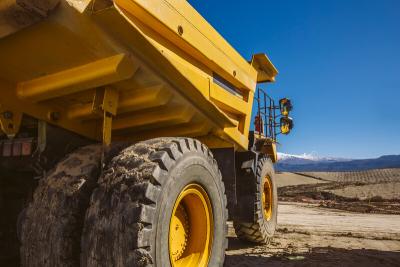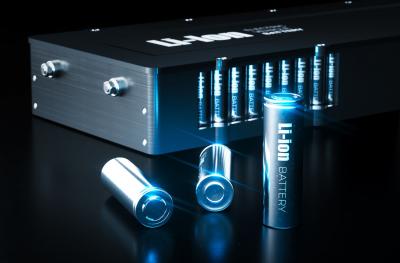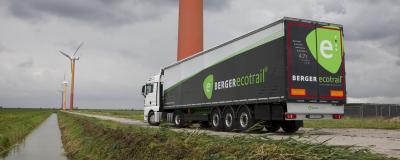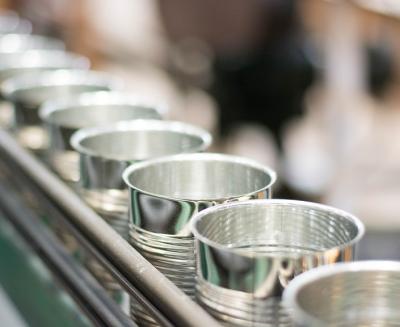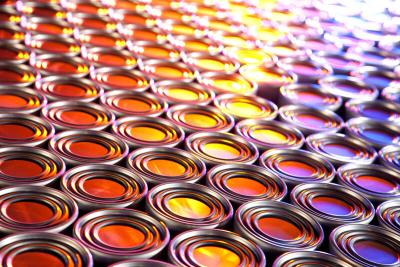The company has already stated its ambition in IJmuiden to reduce CO2 emissions by five million tonnes a year by 2030 and has been exploring various technological options to achieve this, including the capture and storage of CO2 or a hydrogen route. External experts assessed that both options are technically feasible according to a joint study by Tata Steel and FNV, the Dutch trade union.
Today, Tata Steel has announced it will pursue the hydrogen route in IJmuiden and undertake a detailed assessment in this regard. This involves the introduction of direct reduced iron (DRI) technology which can make iron using natural gas or hydrogen, before it is converted to steel in one or more electric furnaces to be invested in the future.
T.V. Narendran, CEO and MD of Tata Steel, and Chairman of the Supervisory Board of Tata Steel Netherlands, said: “We are very conscious of the steel industry’s responsibility to help meet the global climate targets. By choosing hydrogen as the technology to produce steel in the Netherlands, we want to take an important strategic step in making our steel production more sustainable. We fully support the steps to be taken by the management in IJmuiden. The decarbonisation pathway in IJmuiden will also help us chart the future transition roadmap of Tata Steel’s other integrated steel-making sites.”
Hans van den Berg, chairman of the Board of Management of Tata Steel Netherlands, said: “We cannot ignore the importance of steel. Our society is built on steel and everything we do is dependent on it – from eating to washing, and from driving to living. Maintaining its own steel sector is important for the Netherlands and the country’s energy transition. This is only possible if we produce steel in a responsible and sustainable way, whereby we improve the impact on our living environment as quickly as possible. We can only achieve this by a radical transition to hydrogen and using innovative new technologies. In the next eight years IJmuiden will change into a manufacturing site with fewer chimneys. As a result of our choice for hydrogen we will work closely together with local and national authorities and our direct neighbours to become a green steel manufacturer in a clean environment.”
Tata Steel will use the coming period for discussions with all stakeholders involved in order to further develop this route. The ongoing feasibility study will also be used to further develop the DRI technology. This concerns elements such as: economic evaluation, employment, the consequences of impact on other emissions, such as NOx, odour, dust and noise. In the meantime, Tata Steel is also fully committed to realising and accelerating measures aimed at reducing nuisance to the environment through its ‘Roadmap Plus’ programme in IJmuiden.
-ends-
For further information: Ariane Volz on +31 (0) 611 623 456 or ariane.volz@tatasteeleurope.com
About Tata Steel’s European operations
Tata Steel is one of Europe's leading steel producers, with steelmaking in the Netherlands and the UK, and manufacturing plants across Europe. The company supplies high-quality steel products to the most demanding markets, including construction and infrastructure, automotive, packaging and engineering. Tata Steel works with customers to develop new steel products which give them a competitive edge. The Tata Steel group is among the top global steel companies with an annual crude steel capacity of 34 million tonnes. It is one of the world's most geographically-diversified steel producers, with operations and a commercial presence across the world. The group recorded a consolidated turnover of US $21.06 billion in the financial year ending 31 March, 2021.
Follow us
 @TataSteelEurope
@TataSteelEurope
 /company/tata-steel-europe
/company/tata-steel-europe
 /TataSteelEurope
/TataSteelEurope








